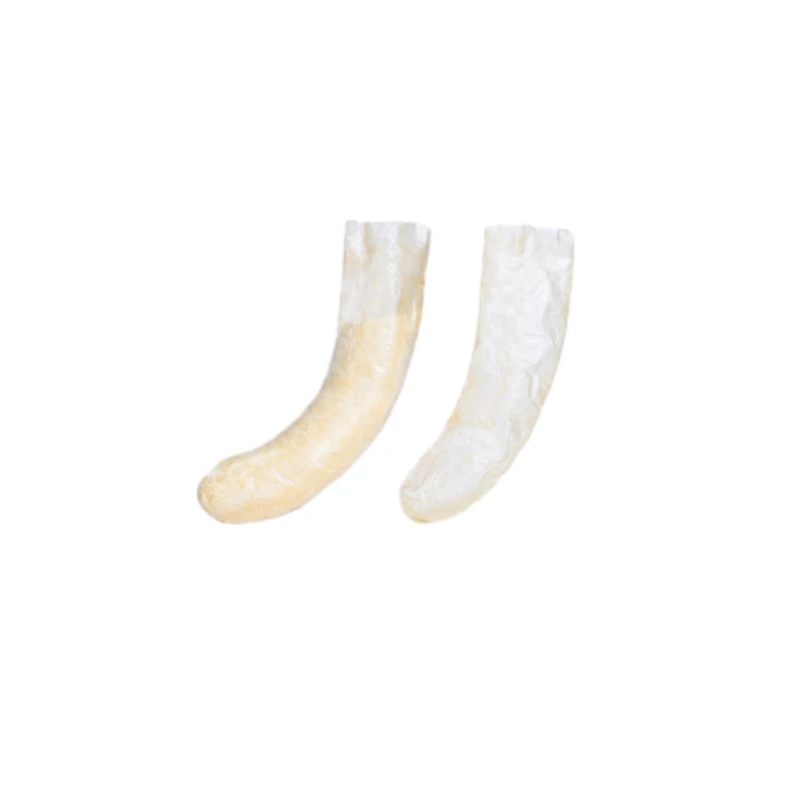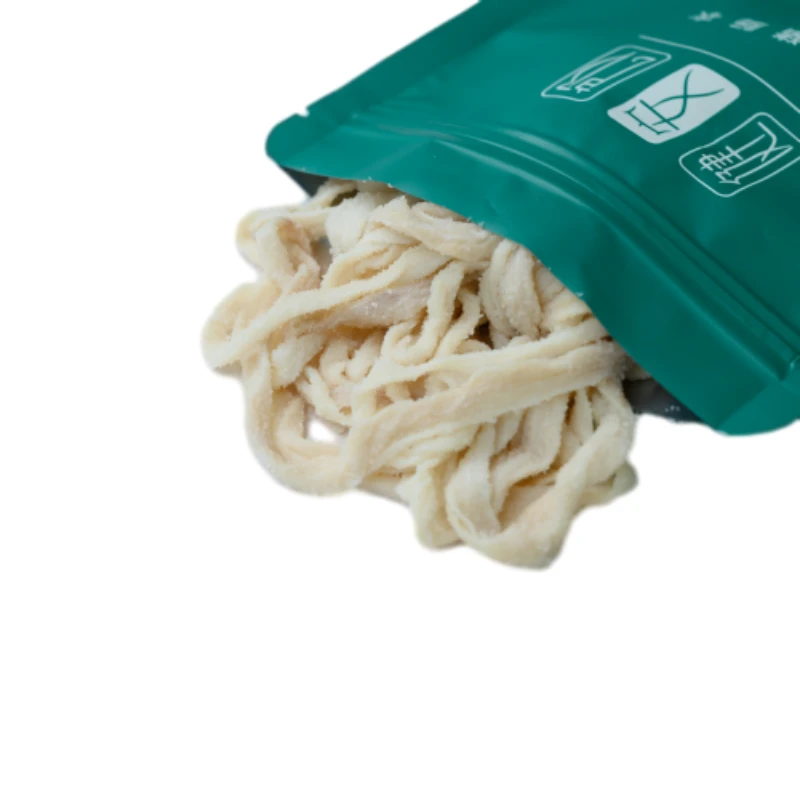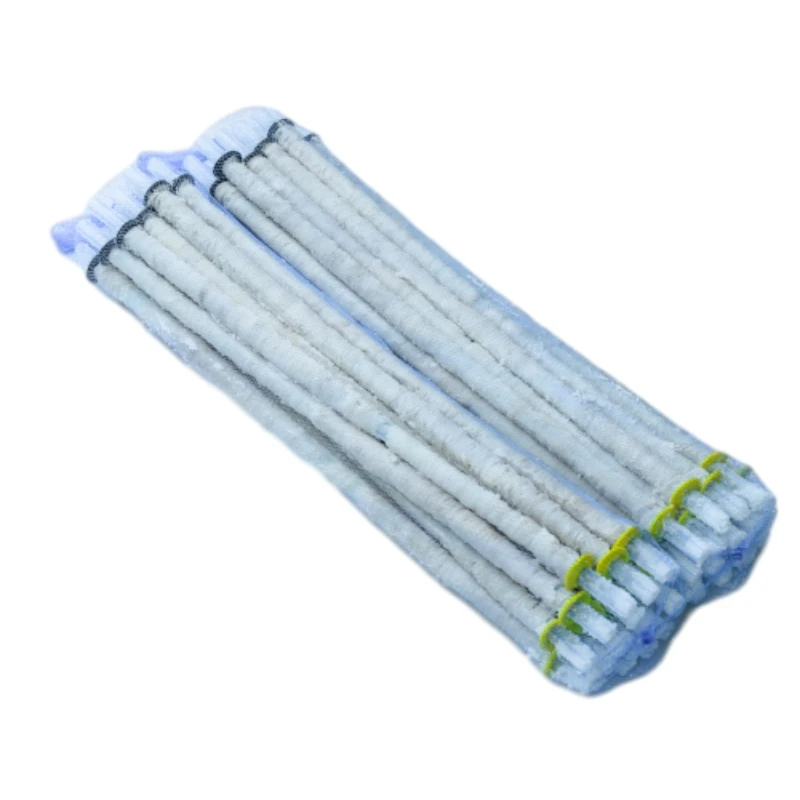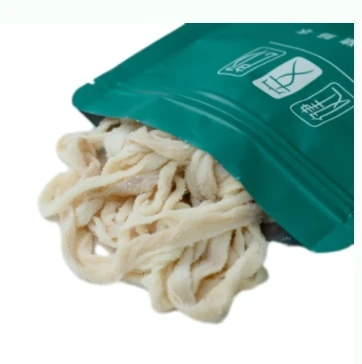Aug . 11, 2025 14:40
The Indispensable Role of Dried Hog Casings in Premium Meat Products
In the intricate world of artisanal and industrial meat processing, the choice of casing significantly impacts the final product's quality, texture, and appeal. Among the myriad options, how to use dry sausage casing effectively stands as a critical skill for producers aiming for superior results. Dried Hog Casings, derived from the submucosa layer of hog intestines, offer unparalleled natural characteristics, including excellent smoke permeability, a distinctive "snap" upon biting, and robust structural integrity. This section delves into the fundamental aspects of these natural casings, their processing, and their inherent advantages in creating high-quality sausages that meet discerning consumer expectations. Understanding the material science and application nuances of these casings is paramount for optimizing production efficiency and product excellence.
The demand for natural casings continues to rise globally, driven by consumer preference for authentic, traditionally prepared meat products. Dried Hog Casings are a cornerstone in this segment due to their natural composition and the ability to enhance flavor development during smoking and curing processes. Unlike synthetic alternatives, natural casings are fully edible and contribute positively to the overall sensory experience. Their porous structure allows for optimal smoke penetration and moisture evaporation, which are crucial for the development of complex flavors and the desired texture in products like pepperoni, salami, and various smoked sausages. This foundational understanding sets the stage for mastering the techniques involved in utilizing these versatile casings.
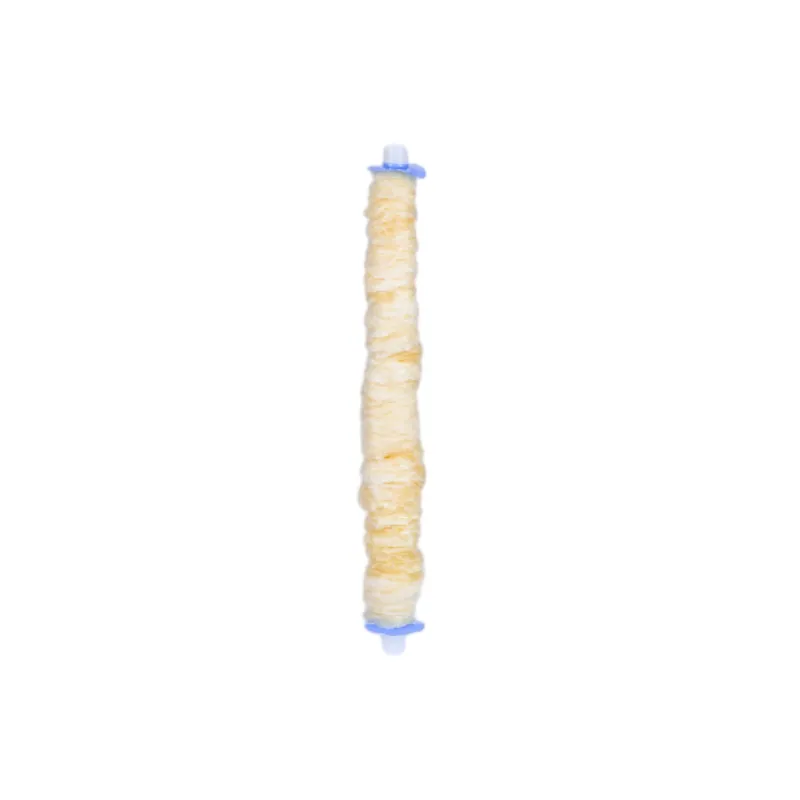
Understanding Dried Hog Casing: From Raw Material to Finished Product
The journey of a dried hog casing begins with the meticulous selection of raw hog intestines. These are primarily sourced from healthy, inspected animals, ensuring compliance with international food safety standards such as HACCP and ISO 22000. The manufacturing process involves several critical stages, each designed to preserve the casing's natural properties while ensuring hygiene and durability. Initially, the intestines undergo thorough cleaning and stripping to remove unwanted layers, leaving only the collagen-rich submucosa. This delicate layer is then carefully calibrated for size uniformity, ensuring consistent product specifications.
Post-cleaning and calibration, the casings are typically salted or brine-cured to preserve them, followed by a controlled drying process. This drying phase is crucial for achieving the "dried" state, which allows for extended shelf life and simplifies storage and transportation. The drying process is often air-drying or mechanical drying under specific temperature and humidity conditions to prevent spoilage while maintaining the casing's structural integrity and elasticity. Rigorous quality control checks, including visual inspections, dimension measurements, and microbiological tests, are performed at each stage to guarantee product quality, ensuring the casings are free from defects and contaminants. The final product, a premium dried sausage casing, is then packed and ready for distribution to global meat processors.

Mastering the Application: How to Use Dry Sausage Casing Effectively
Proper preparation is paramount when learning how to use dry sausage casing. The key steps involve rehydration, rinsing, and careful handling to prevent damage and ensure optimal stuffing performance. Dried casings must be thoroughly rehydrated before use to regain their elasticity and strength. This typically involves soaking the casings in lukewarm water (around 30-35°C or 86-95°F) for a minimum of 30-60 minutes, or until they become pliable and transparent. For older or more firmly dried casings, an overnight soak in cold water followed by a short soak in lukewarm water might be necessary. Some processors find adding a small amount of vinegar or baking soda to the rehydration water can aid in softening and cleaning, though this is often debated depending on the casing's initial condition and the desired final product characteristics.
After rehydration, it's crucial to rinse the inside and outside of the casings thoroughly under running water to remove any residual salt and ensure hygiene. This also helps to further soften and lubricate the casing, making it easier to load onto stuffing horns. When stuffing, it is vital to avoid overfilling, which can lead to bursting during processing or cooking. An optimal fill level allows for slight expansion during cooking and provides the characteristic "snap" texture. For automated stuffing, maintaining consistent pressure and speed is essential for uniform sausage links. The natural variations in dried hog casings require skilled operators to adapt stuffing techniques, ensuring product consistency and minimizing waste. Post-stuffing, proper handling during smoking, cooking, and drying phases is critical to leverage the casing's natural permeability for flavor development and moisture loss.
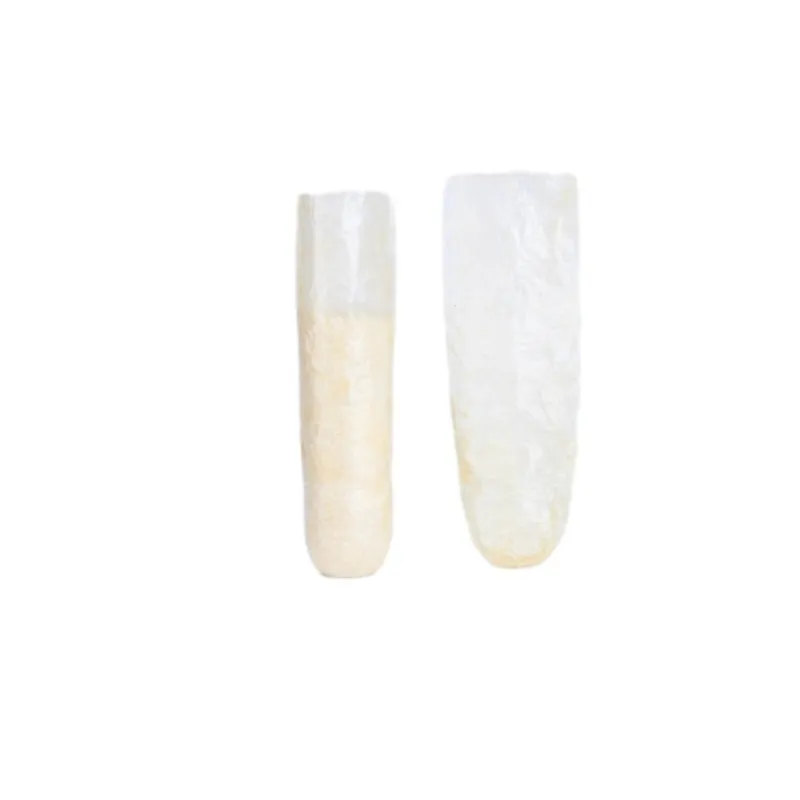
Key Technical Parameters for Dried Hog Casings
Understanding the technical specifications of dried hog casings is crucial for precise sausage production and consistent quality. These parameters dictate their suitability for various applications, from thin breakfast links to robust dry-cured salami. Caliber, or diameter, is one of the primary considerations, directly influencing the final size and weight of the sausage. Rehydration time is another critical factor, impacting production efficiency. Properly specified casings ensure optimal machine performance and minimal breakage during the stuffing process.
| Parameter | Range/Description | Impact on Usage |
|---|---|---|
| Caliber (Diameter) | 28mm - 40mm (e.g., 28/30, 30/32, 32/35, 36/40) | Determines sausage thickness; affects cooking time and final product yield. |
| Rehydration Time | 30 minutes - 2 hours (in 30-35°C water) | Crucial for elasticity; insufficient rehydration leads to breakage. |
| Stuffing Capacity | Approx. 20-30 kg per hank (for typical sizes) | Influences production volume per unit of casing; economic efficiency. |
| Tensile Strength | High (post-rehydration) | Indicates resistance to bursting during stuffing and processing. |
| Permeability | Excellent (smoke, moisture) | Allows for superior smoke absorption and optimal drying/curing. |
| Shelf Life (Dry Storage) | 1-2 years when stored correctly (cool, dry, dark) | Facilitates inventory management and reduces spoilage. |
These parameters collectively define the performance and suitability of dried hog casings for various applications. For instance, for products requiring a significant drying period, such as traditional salami, high permeability is essential. Conversely, for fresh sausages, consistent caliber and excellent tensile strength are prioritized to withstand high-speed stuffing operations. Manufacturers often provide detailed specification sheets, which are invaluable for food technologists and production managers in selecting the appropriate casing for their specific product lines.
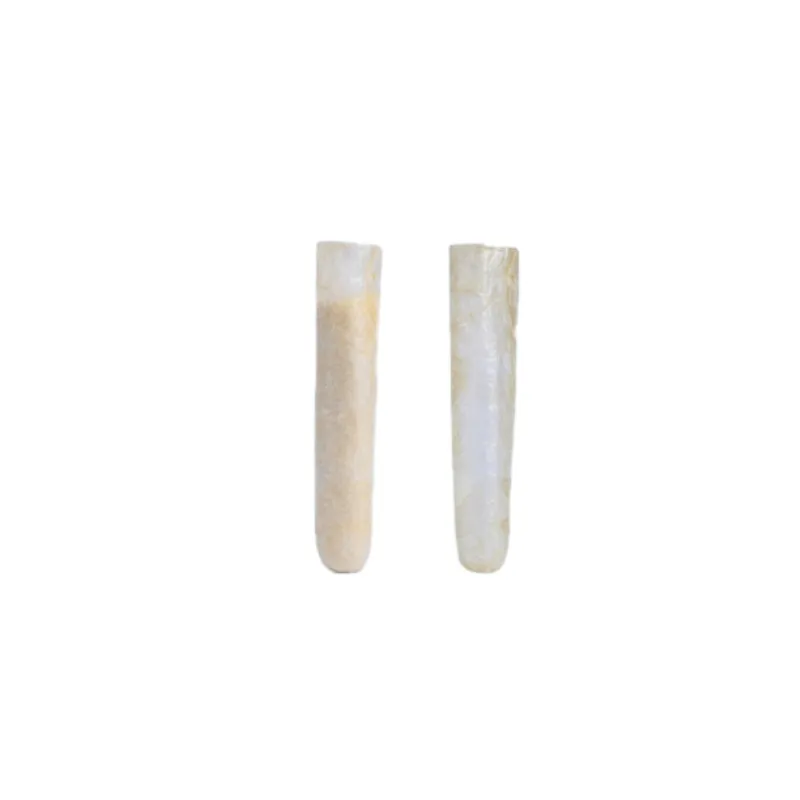
Industry Trends and Comparative Advantages of Dried Hog Casings
The global meat processing industry is witnessing a robust trend towards natural and authentic products, directly benefiting the market for dried sausage casings. Consumers are increasingly seeking transparency in food origins and traditional preparation methods, driving demand for natural casings over synthetic alternatives. This shift underscores the unique advantages offered by dried hog casings. Their natural composition ensures full edibility and contributes to a superior mouthfeel, often described as a distinctive "snap" that is highly prized in premium sausages. Furthermore, the inherent porosity of natural casings facilitates excellent smoke penetration during the smoking process, leading to a richer flavor profile and desirable color development, aspects often difficult to replicate with non-permeable synthetic casings.
When comparing dried hog casings to other casing types such as collagen, fibrous, or plastic, several technical advantages become apparent. Collagen casings, while uniform and easy to stuff, often lack the natural chew and smoke absorption capabilities of hog casings. Fibrous and plastic casings are non-edible and primarily used for large-diameter products or cooked sausages where the casing is removed before consumption. Hog casings, being entirely natural and edible, align perfectly with the "clean label" movement and offer superior thermal stability during cooking and smoking. Their elasticity allows for a more forgiving stuffing process compared to some brittle alternatives, and their ability to shrink with the product during drying prevents wrinkling, ensuring a visually appealing finished product. This makes understanding how to use dry sausage casing an essential part of a competitive product strategy.
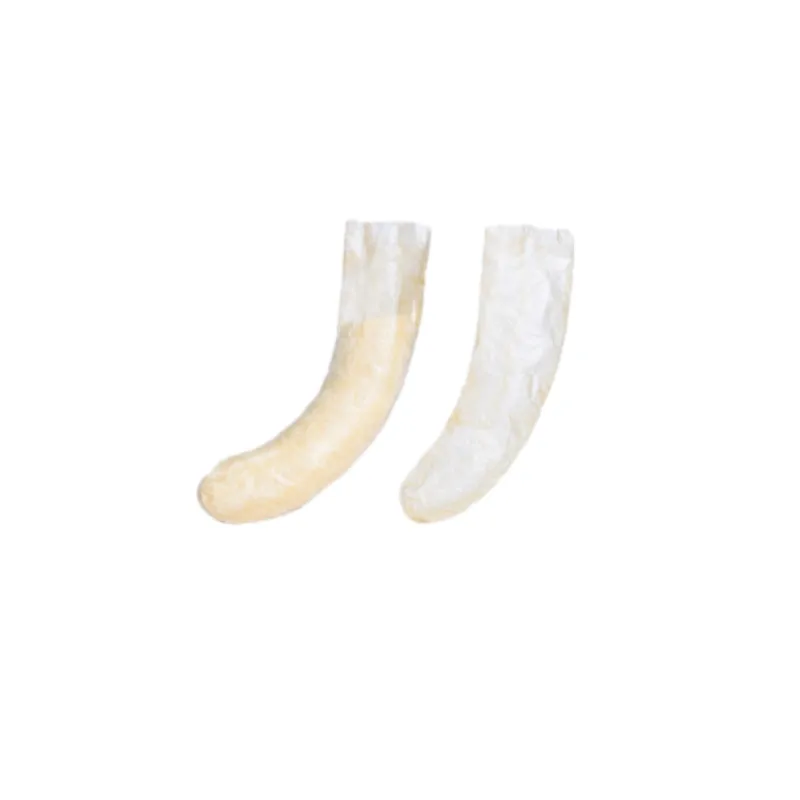
Customization, Quality Assurance, and Application Successes
Leading suppliers of dried hog casings offer comprehensive customization options to meet the diverse needs of meat processors. This includes specific caliber ranges (e.g., narrow 28/30mm for breakfast links, wider 38/40mm for large smoked sausages), different lengths (from short hanked bundles to longer tubed versions for automated lines), and various preparation forms (e.g., flushed and ready-to-use options). Customization ensures that processors receive casings perfectly suited to their machinery and product specifications, optimizing efficiency and minimizing waste. This tailored approach is crucial for both small artisanal butcheries and large-scale industrial operations, ensuring they know precisely how to use dry sausage casing for their unique products.
Quality assurance protocols for dried hog casings are extremely stringent, encompassing adherence to international food safety standards such as ISO 22000, HACCP, and often FDA regulations for countries like the United States. This includes traceability from source animals, rigorous inspection at every processing stage, and final product testing for microbiological purity, salt content, and physical integrity. Many manufacturers also provide detailed Certificates of Analysis (CoA) with each batch, verifying compliance with specified parameters. This commitment to quality builds trust and assures customers of consistent performance, an essential factor in long-term B2B partnerships. Success stories abound in various application scenarios, from premium Italian-style salamis achieving perfect texture and flavor development due to ideal moisture loss through natural casings, to high-volume smoked sausages benefiting from the consistent strength and smoke absorption of precisely calibrated dried hog casings.
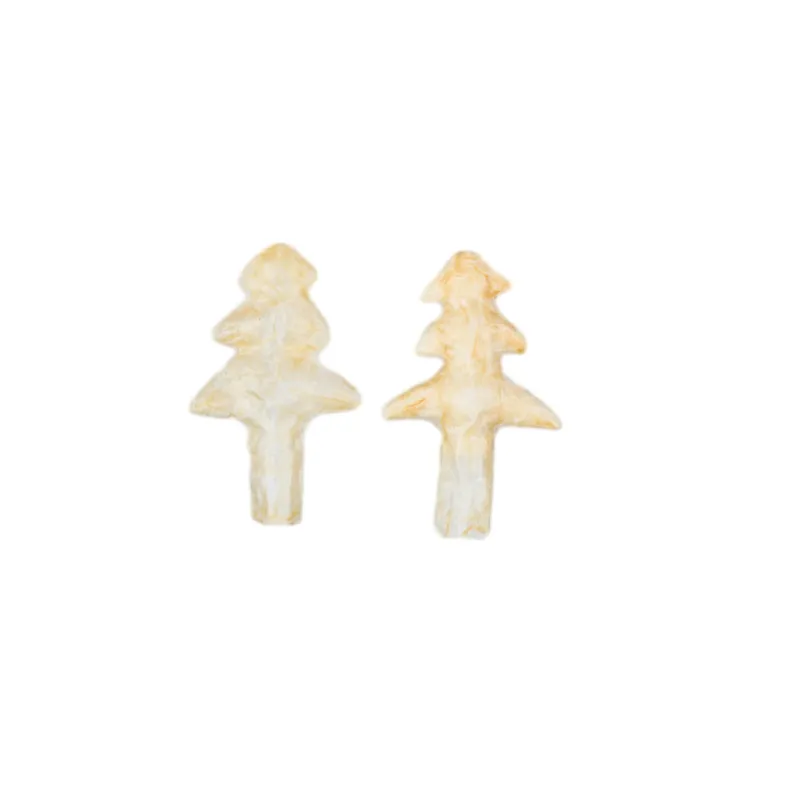
Frequently Asked Questions (FAQ) about Dried Hog Casings
Here are some common questions regarding dried hog casings and their usage:
-
Q: How should dried hog casings be stored?
A: Dried hog casings should be stored in a cool, dry place, away from direct sunlight and strong odors. Ideal conditions are typically between 10-20°C (50-68°F) with low humidity. Proper storage ensures their long shelf life of 1-2 years.
-
Q: Can I rehydrate casings too long?
A: While unlikely to cause severe damage, excessively long rehydration (e.g., several days) might slightly reduce elasticity or make them more fragile. It's best to rehydrate just before use or for a maximum of 24 hours in refrigerated water.
-
Q: What if the casings break during stuffing?
A: Breakage can occur due to insufficient rehydration, overfilling, or defects in the casing. Ensure casings are fully pliable before stuffing, do not overstuff, and inspect for holes before loading onto the stuffing horn. Using the correct caliber for your application also minimizes issues.
-
Q: Are dried hog casings edible?
A: Yes, dried hog casings are 100% natural and fully edible, contributing to the texture and overall eating experience of the sausage.
-
Q: How do I choose the right caliber?
A: The choice of caliber depends on your desired sausage size and type. For breakfast links, smaller calibers (28/30mm) are common. For Bratwurst or Italian sausages, medium calibers (32/35mm) are often used. Larger smoked or dry-cured sausages may require wider calibers (38/40mm+).
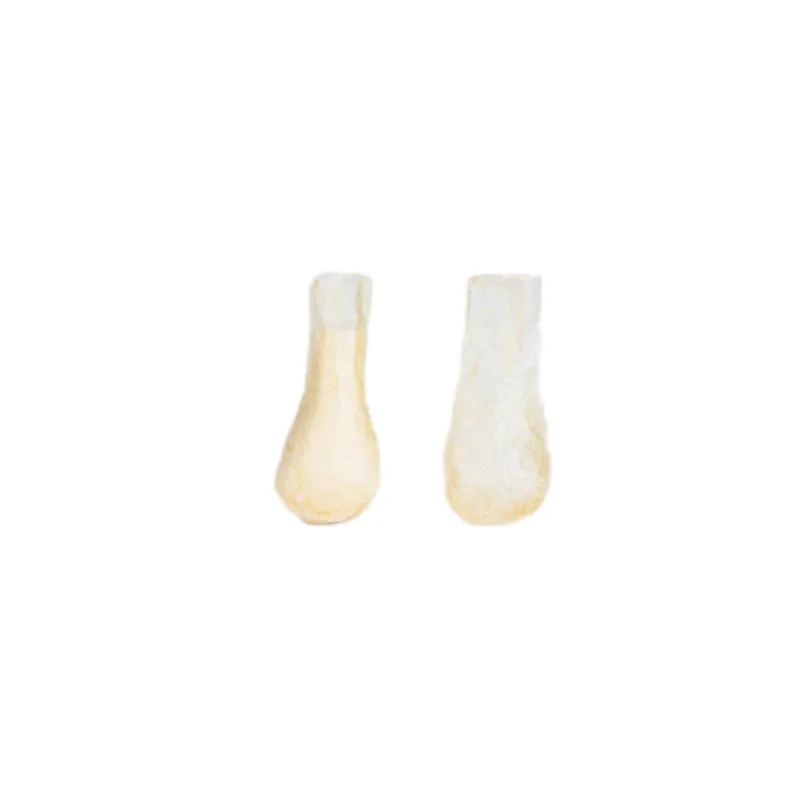
Logistics, Support, and Warranty Commitments
Reliable supply chain and customer support are pivotal in the B2B sector, especially for critical ingredients like dried hog casings. Leading suppliers ensure efficient logistics, offering global shipping options and adherence to agreed-upon delivery schedules to minimize production downtime for their clients. Standard delivery cycles are meticulously managed to ensure freshness and prevent quality degradation during transit. This commitment extends beyond mere delivery, encompassing comprehensive technical support to assist clients with any queries regarding how to use dry sausage casing, troubleshooting, or product selection.
Furthermore, reputable manufacturers provide robust quality assurance and warranty commitments. This typically includes guarantees against manufacturing defects and adherence to published specifications. Should any issues arise, a responsive customer service team is available to address concerns, provide replacements, or offer technical advice. This holistic approach, from product quality to post-sales support, builds enduring partnerships and ensures that meat processors can rely on a consistent supply of premium dried sausage casings, confident in their performance and the support behind them. This dedication to client success underscores the value proposition of choosing a trusted supplier for your casing needs.

Conclusion: The Enduring Value of Dried Hog Casings
In summary, mastering how to use dry sausage casing is an essential skill for any serious meat processor committed to producing high-quality, authentic sausage products. Dried Hog Casings offer an unmatched combination of natural edibility, superior smoke permeability, and robust structural integrity, making them the preferred choice for a wide array of premium sausages, from fresh links to complex dry-cured specialties. Their traditional appeal, coupled with advancements in processing and quality control, ensures they remain a staple in the industry. By understanding the detailed manufacturing process, adhering to proper rehydration and stuffing techniques, and leveraging the precise technical parameters, producers can consistently achieve superior flavor, texture, and visual appeal in their finished products.
The industry's shift towards natural ingredients and transparent sourcing further cements the position of dried hog casings as a future-proof solution. Collaborating with reputable suppliers who adhere to stringent quality standards, offer customization, and provide robust technical support is paramount for optimizing production efficiency and maintaining competitive advantage. As consumer demand for authentic, high-quality meat products continues to grow, the role of expertly utilized dried sausage casings will only become more significant in defining market leadership and product excellence.
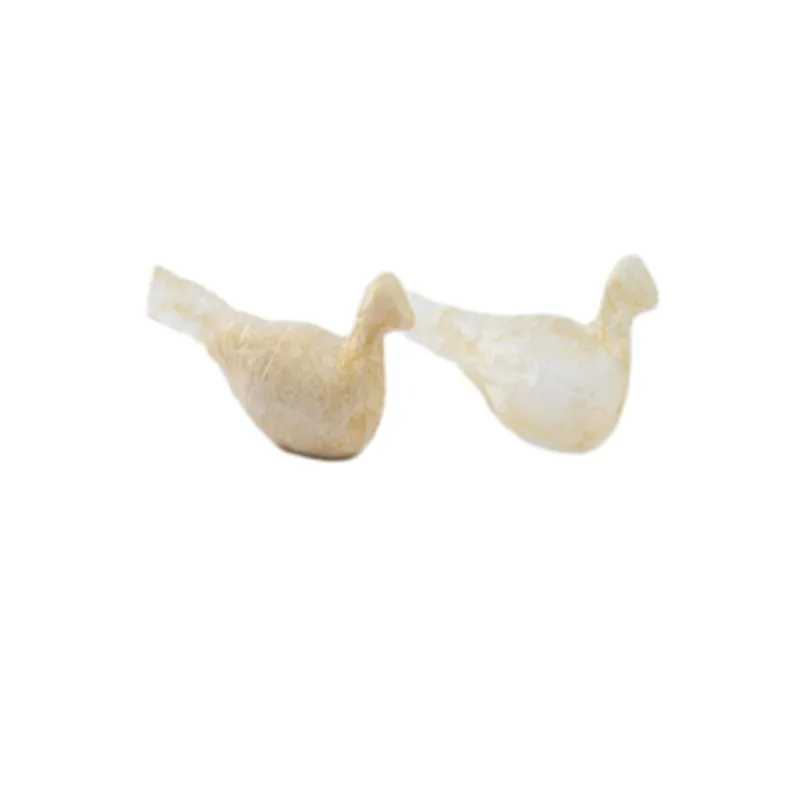
References
- Smith, J. et al. (2022). "Advances in Natural Casing Processing and Applications in the Meat Industry." Journal of Food Science and Technology.
- FAO. (2021). "The Role of Animal By-Products in Sustainable Food Systems." Food and Agriculture Organization of the United Nations Publication.
- Jones, A. (2023). "Optimizing Sausage Curing and Smoking: A Technical Guide." Meat Processing Review.
- European Food Safety Authority. (2020). "Scientific Opinion on the Safety of Natural Casings for Sausages." EFSA Journal.


